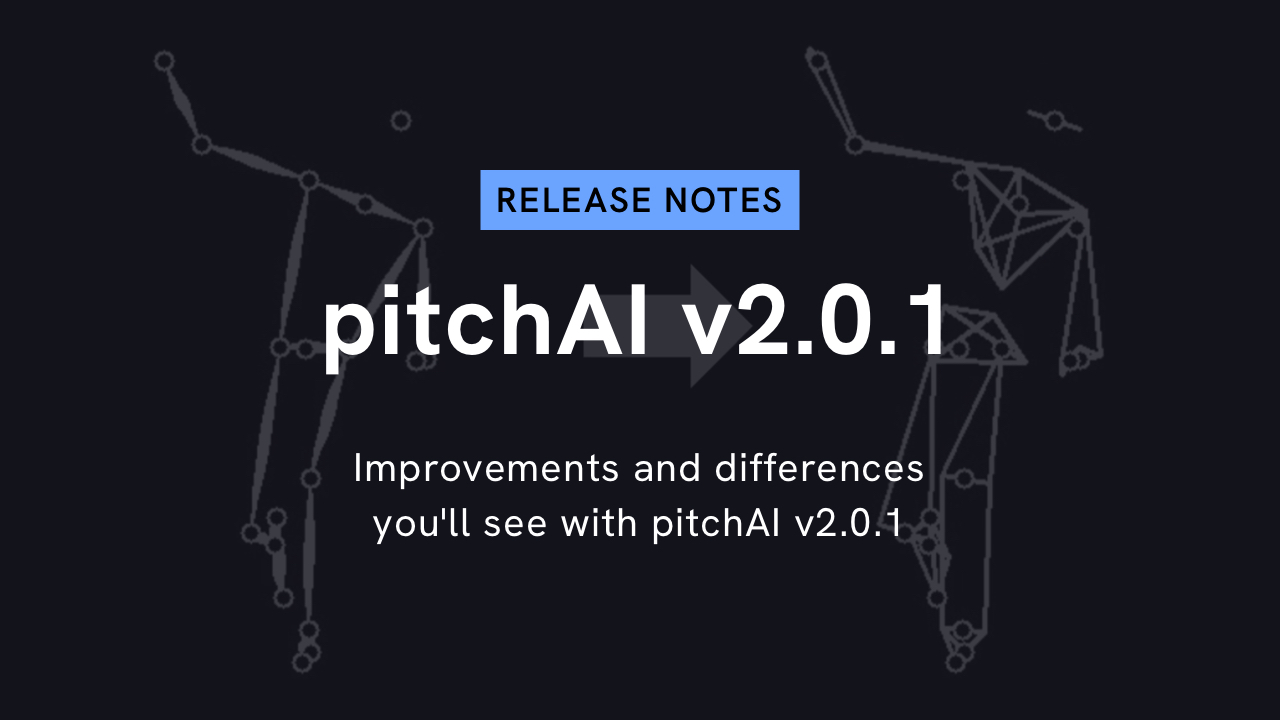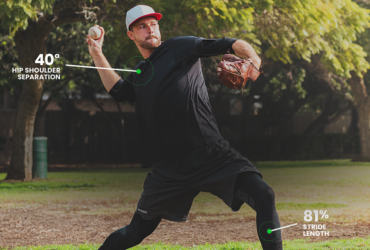We’ve listened to your feedback and assessed any errors to improve pitchAI! Our latest release uses a vastly improved model to track your body during the full pitch motion, and so you may see some changes in numbers.
We have re-built our 3D depth model. Using some advanced analytics and multiple neural networks, we have expanded our tracking model from 19 to 53 markers! This new model now tracks 34 anatomical and 19 joint centres for better detail and improved calculation of 3D motion, angles, velocities, and forces. With these additional landmarks, we now calculate joint angles the same way they do in a full motion capture lab (3-axis Euler angles), and still all from your phone!

You can expect some minor differences in pitchAI values. We see the greatest improvement in shoulder external rotation angle, where our new tracking system improved angles by nearly 15% compared to lab-grade motion capture. You can expect MER angle to increase, particularly in high MER athletes. With the increased MER comes an increase in arm speed, where high arm speed athletes can expect an increase of up to 6 m/s. Keep this in mind when comparing to older pitches – or, you can always re-run your old pitches for a true apples-to-apples comparison.
For our summary metrics, stride length, ball path, MER angle, torque, internal rotation velocity, and arm speed have all gone up. Hip to shoulder separation angle and visible ball time have gone down.





You should see more consistent processing speeds. We have updated our analysis system architecture for better handling of multiple concurrent users. Processing times are typically 2-5 minutes, and we are now better equipped to handle our users that pour in hundreds of pitches a week!



